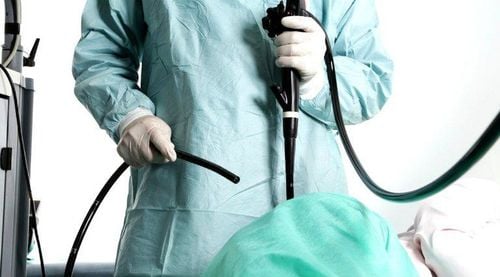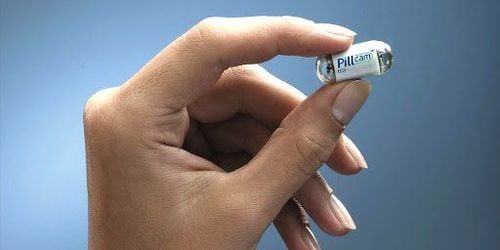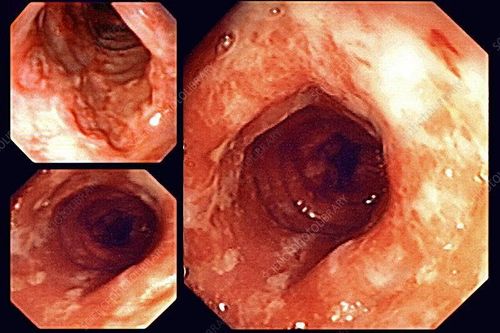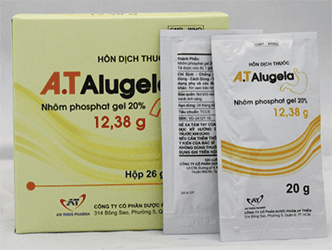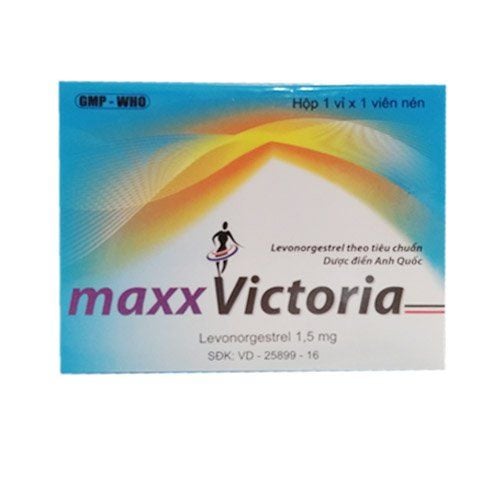This is an automatically translated article.
Posted by Doctor Mai Vien Phuong - Department of Examination & Internal Medicine - Vinmec Central Park International Hospital
Assistive small bowel endoscopy (assisted small bowel endoscopy) allows histological confirmation when traditional endoscopy, capsule endoscopy and cross-sectional imaging are inconclusive and also allows therapeutic interventions such as balloon dilation, intraluminal steroid injections, capsule removal and, more recently, stenting of small bowel strictures.
1. Diagnostic imaging in the diagnosis of inflammatory bowel disease
Abdominal ultrasound: Can see signs of peri-intestinal fibrosis, concentric thickening of the intestinal wall, vascular proliferation CT Scan tomography of the small intestine with the following images: Thickening of the intestinal wall, layer by layer, concentricity, signs comb sign, intestinal stenosis Small intestine MRI : Provides very high contrast of soft tissue, both in static and dynamic images, avoids ionizing radiation Stool calprotectin test : This is a protein secreted by neutrophils, the concentration correlates with the degree of colitis, this is an advantageous test that is non-invasive, limiting colonoscopy. Colonoscopy: Most valuable in diagnosing inflammatory diseases bowel, for direct imaging with suggestive signs, tissue sampling for biopsies...
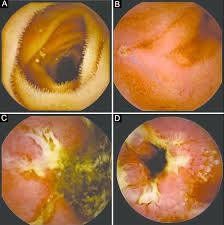
Small bowel endoscopy and capsule endoscopy: In some cases, inflammatory bowel disease only damages the small intestine, must use these two methods to diagnose the disease.
2.Intestinal endoscopic methods
DAE-assisted small bowel endoscopy is a generic term for any endoscopic technique that includes procedures assisted by other devices (eg, balloons, overtubes, or other devices) and includes dual-balloon enteroscopy (dual-balloon enteroscopy), single-balloon enteroscopy (SBE), balloon-guided endoscopy (BGE), and spiral small bowel endoscopy ( SE).
2.1 Single-balloon endoscopic technique The dual-balloon endoscopic system was first introduced in Japan in 2001, and the first pediatric report was described in 2003. Balloon endoscopic system. The dual is composed of a high-resolution enteroscope with a rubber ball attached to the end of the endoscope and a second balloon attached to the tip of a polyurethane overtube block.
Both balloons are inflated and deflated by an external pressure controlled pump system. Currently, there are three dual-balloon enteroscopy systems. Type P is the thinnest; however, the small diameter of the working channel (2.2 mm) limits the ability to perform advanced treatment procedures. Type T has an outside diameter of 9.4 mm and a working channel diameter of 3.2 mm.
The main advantage of the short type (working length 152 cm) is compatibility with all common equipment. SBE was introduced in 2007, and in contrast to dual-balloon enteroscopy, there is no ball on the tip of the colonoscope; therefore, the handling of the pump ball controller is simplified. The endoscope is a high-resolution video endoscope, the tube and balloon are made of silicone, and a control unit has a safe pressure setting that controls balloon inflation and deflation. Dual-balloon enteroscopy and SBE use a push-and-pull approach, however, the number of balloons makes a small difference in insertion technique between the two balloon-assisted endoscopic systems (the colonoscopy system). ball support).
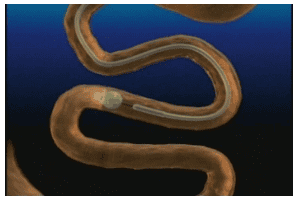
2.2 Role of dual balloon endoscopy in the diagnosis of inflammatory bowel disease Tun et al retrospectively evaluated the impact of dual balloon endoscopy and histology on the diagnosis and management of 100 suspected adult patients Small bowel Crohn's disease, based on clinical and laboratory data and after colonoscopy and radiographic studies or capsule endoscopy, a diagnosis of Crohn's disease is not achieved.
Abnormal double-balloon endoscopic findings were detected in 60 patients (ulcer, n = 47; stenosis, n = 11; mucosal abnormality, n = 2), and biopsies were collected Okay. There were 23 patients who showed no histological abnormalities despite the macroscopic appearance of Crohn's disease on dual-balloon endoscopy, while in the remaining 37 patients, the diagnosis of Crohn's disease was confirmed by histological examination. confirmed in 8 patients (22%), and 15 (41%) with histology suggestive of Crohn's disease.
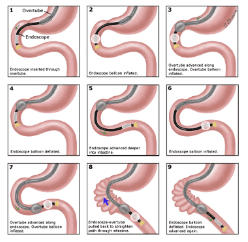
However, combining clinical, biochemical, endoscopic, and histological findings, 45% of all patients were treated for Crohn's disease. After a median follow-up of 27 months, the diagnosis of Crohn's disease was confirmed in 38% of patients with imaging suggestive of Crohn's disease with dual-balloon endoscopy.
3.Dual ball endoscope
The diagnostic efficacy and impact on clinical outcomes of the use of single-balloon endoscopy for suspected small bowel Crohn's disease was evaluated in an Italian retrospective study, including 13 adult patients. The diagnostic efficiency was 39%, detecting four patients with active ileitis and one patient with ileal stricture. For the remaining eight patients, a new diagnosis of Crohn's disease was achieved in 4 patients (8%) and excluded in the remaining 4 patients (8%).
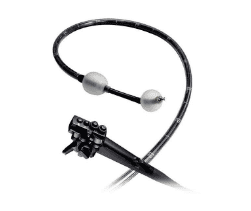
4.Conclusion
Small bowel endoscopy appears to be a promising technique, especially in patients with suspected small bowel Crohn's disease alone and inconclusive results from routine diagnostic tests (including endoscopy). ileostomy and imaging studies such as CT Scan or abdominal MRI) where histological diagnosis will change the management of the patient.
Furthermore, assistive small bowel endoscopy may have multiple roles for patients with known Crohn's disease, in terms of modifying medical therapy for deeper and longer-lasting clinical improvement. , while simultaneously diagnosing and treating complications of bleeding and determining the exact location of the lesion to enable targeted surgical intervention. As mucosal healing is increasingly the goal of Crohn's disease therapy, dual-balloon enteroscopy may have a role in assessing future response to therapy in certain circumstances. . More standardized and broader studies are needed to confirm these evidences.
Vinmec International General Hospital is a high-quality medical facility in Vietnam with a team of highly qualified medical professionals, well-trained, domestic and foreign, and experienced.
A system of modern and advanced medical equipment, possessing many of the best machines in the world, helping to detect many difficult and dangerous diseases in a short time, supporting the diagnosis and treatment of doctors the most effective. The hospital space is designed according to 5-star hotel standards, giving patients comfort, friendliness and peace of mind.
>> See more: Efficacy of small bowel endoscopy in the management and treatment of inflammatory bowel disease - Article by Doctor Mai Vien Phuong - Department of Examination & Internal Medicine - Vinmec Central Park International Hospital
Please dial HOTLINE for more information or register for an appointment HERE. Download MyVinmec app to make appointments faster and to manage your bookings easily.





